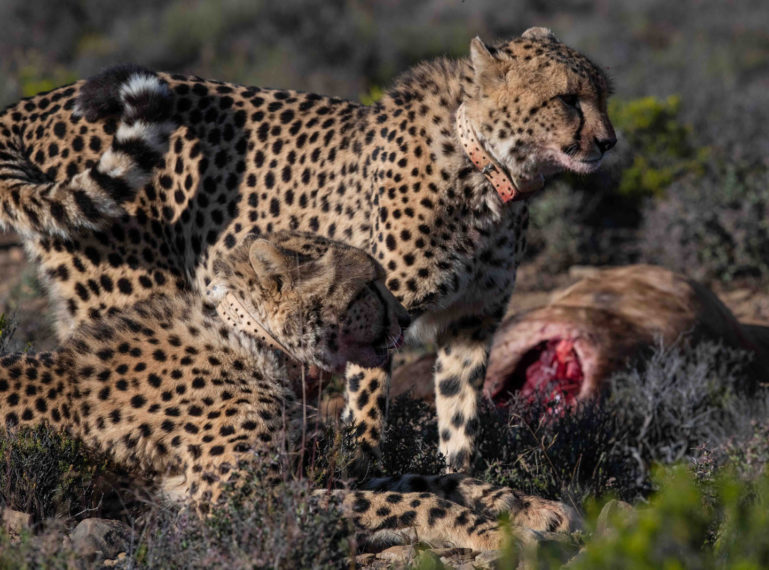
We recently blogged about the resident cheetah coalition introduced to Roam Private Game Reserve in the Great Karoo. The major aim of the project is to re-introduce cheetah into the wild, and to grow the population from its current numbers, which sits at roughly 1300. The team at Roam have closely monitored the cheetah since their introduction into the Karoo to ensure they adapt to their environment. If you’d like to find out more about the cheetah relocation project for background information about this incredible initiative, the please read Roam Private Game Reserve’s cheetah relocation interview with Abigail and Donovan. In the meantime, we have an exciting update about the cheetah brothers. There has been a newsworthy development in terms of their adjustment in their new habitat. The cheetah effortlessly conducted their first kill! This is a major milestone in terms of a cheetah’s natural and wild behaviour.
Don says, “It was super exciting indeed! I cannot stress how important this kill was for these two. It certainly bodes well for the future of these two as pioneers for cheetah introduced into the immediate region.”
The unbreakable bond between these brothers-in-arms ensured an expertly crafted kill was conducted on Roam’s open landscape. What astounded the team was the sheer size of the cheetah’s choice of prey. Instead of targeting small prey, the bold cheetah brothers sets their sights on a large hartebeest. Not only is this ungulate large in size and stature, but it can also reach phenomenal speeds. A cheetah’s anatomy isn’t known for its strength, and they rely on their speed when it comes to taking down quarry. They don’t possess the bulk and muscle of their fellow felines, which means they avoid targeting of large prey for fear of reprisal. They simply cannot fight back. As you can imagine, it came as a surprise that a smaller springbok wasn’t targeted! Not these boys.
Cheetah are naturally diurnal hunters and utilise the cooler hours of the day (when light) to seek out prey. They aim to be within close proximity of prey so will slowly stroll towards their potential target. Once locked in, the cheetah will sprint and reach speeds of up to 100 km/h before pouncing and swiftly killing its quarry by piercing its jugular. The cats will attempt to devour their meal as quickly as possible to ensure scavengers and other opportunistic predators don’t steal their hard earned meal. Because of the effort expended during their hunt, they need to seek shade to relax and regain their composure.
We spoke to Donovan about the cheetah’s first kill. He sent through this information based on our questions about how the kill was conducted, whether he witnessed the entire kill or not, the location and the time of day it happened.
“Unfortunately we did not witness the actual chase or kill, we literally just missed it. When we arrived at the kill they were clearly still “recovering” from making the kill. I cannot confirm which of the two made the kill or how much of a role each played in making it. What I can say though, is that I have no doubt that both animals participated in bringing the hartebeest down.
Adult hartebeest bulls weigh in the region of 200 kilograms, which is a substantial sized animal for cheetah to be taking down and I would imagine they could only accomplish this as a team. The tracks we could make out indicated that the chase was extremely short, and that both cats struggled with the bull before it succumbed. It would seem the cats surprised the bull and that he was unaware of them until the very last second.
We located the cheetah at about 08h30 and I would guess that the kill had been made 10 to 30 minutes prior to us finding them. What is remarkable is that this kill was made less than 40 hours of them being released from the holding boma. The kill was made in an open area (most of Roam is and open area ) just below a stone ridge. We were actually tracking them using telemetry, when we suddenly lost the signal. The signal came back about 10 minutes later and it took us another 10 minutes to find their location. I am guessing that we lost the signal whilst the cheetah was trying to kill the hartebeest. This happened just below the rocky ridge and I assume the ridge is what caused us to loose the signal. This we can’t confirm, but rather speculate – it makes the most sense.
Whilst watching the two cheetah recovering from making the kill, one of them decided to drag the hartebeest into the shade of a nearby bush. This cheetah dragged the whole carcass on his own for a distance of approximately 30 meters. I have never seen a cheetah dragging anything near that heavy before, nor had any of the witnesses who work with cheetah in a breeding facility. Again, that is 200 kilograms!!!
The cheetah stayed on the kill for 3 days, and from about day two the carcass started attracting the attention of the resident jackal. So at one stage we were watching the cheetah and 4 jackal at the same sighting! So lots of excitement all round!
We’ll deliver a cheetah video of the kill in due course. The group that was with the Roam team happened to be the group from Ashia, which is a world-class cheetah sanctuary that aims to reduce the decline of the world’s cheetah population. The images were provided by co-founders of the project, Chantal Rischard and Stephan Illenberger.
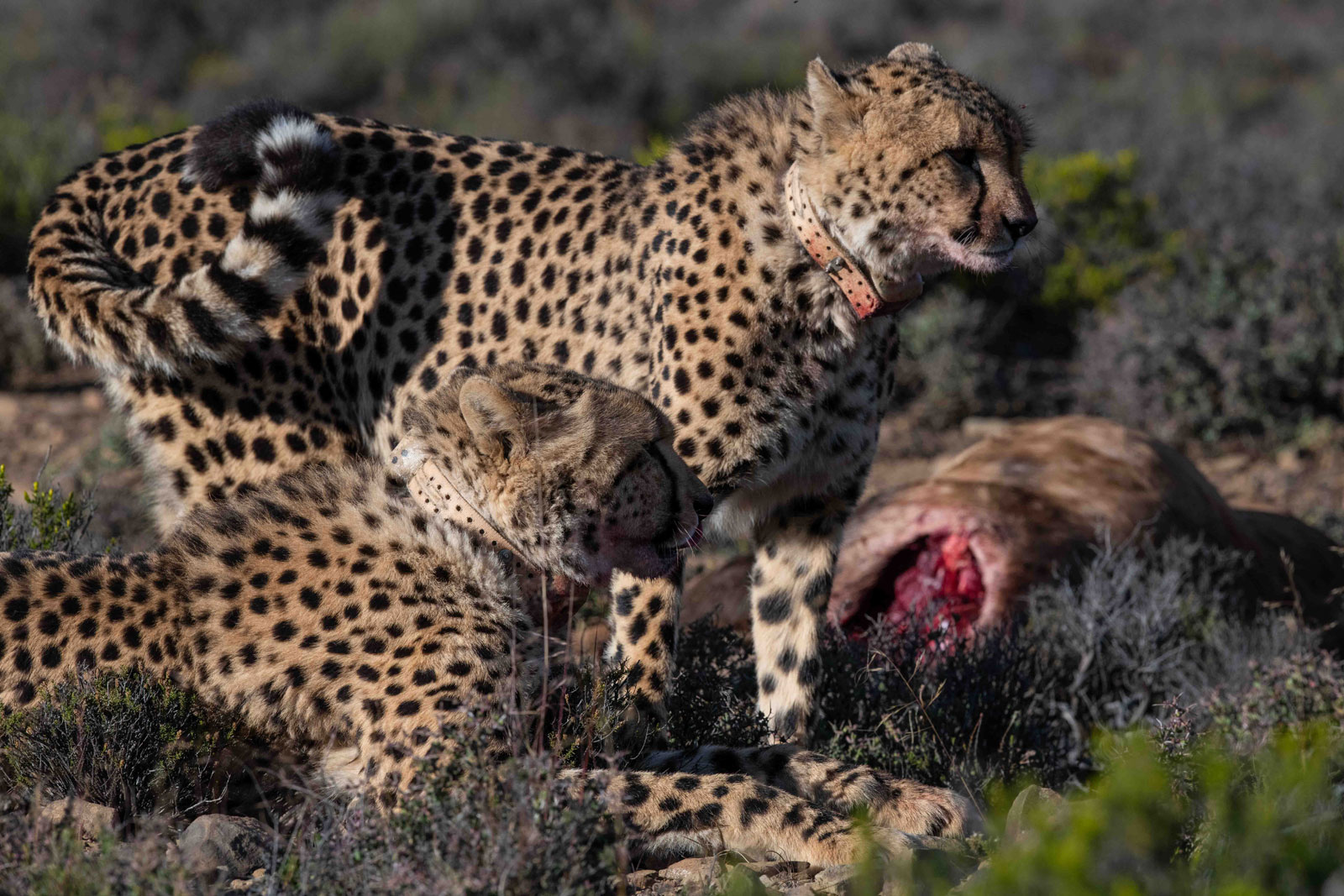
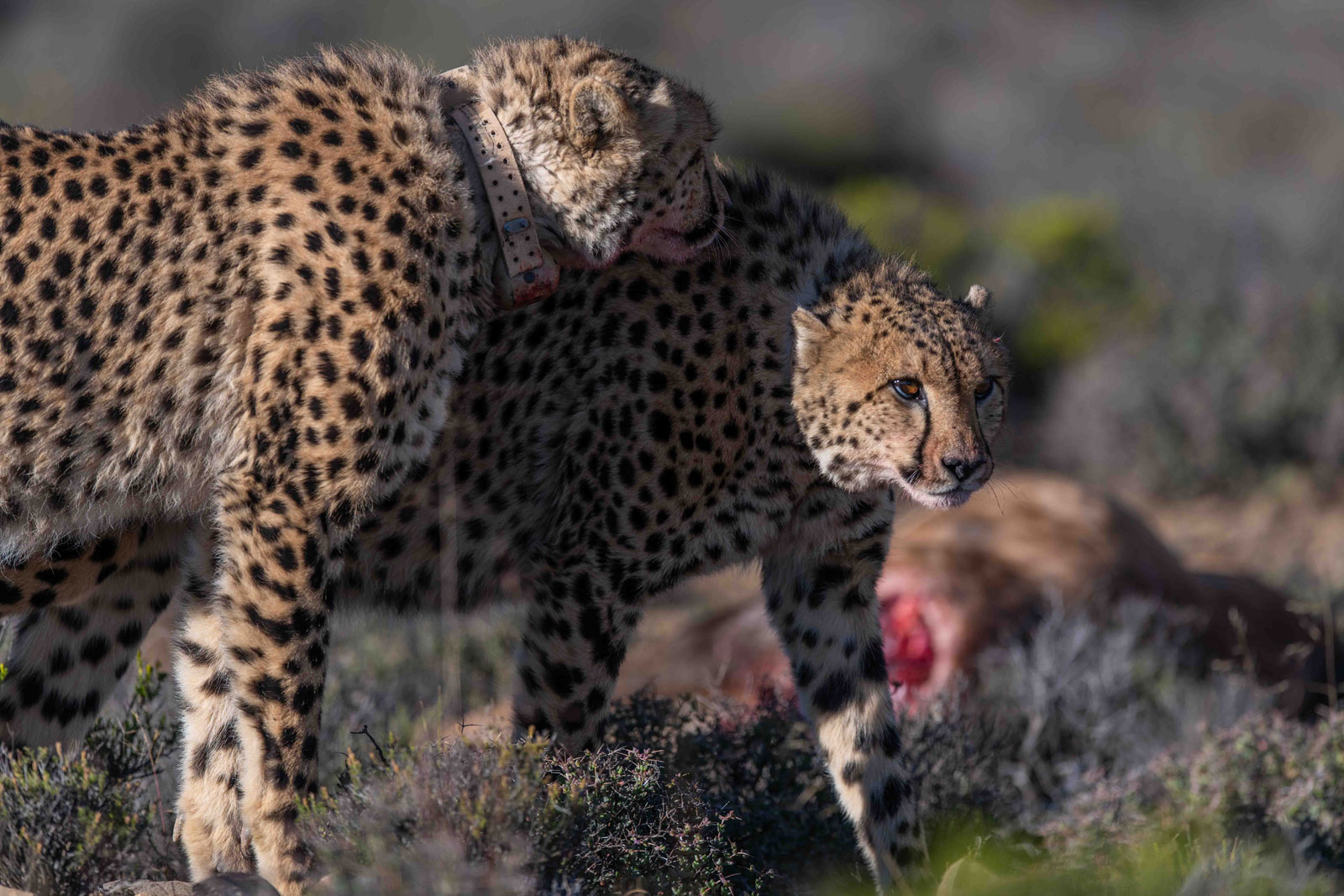
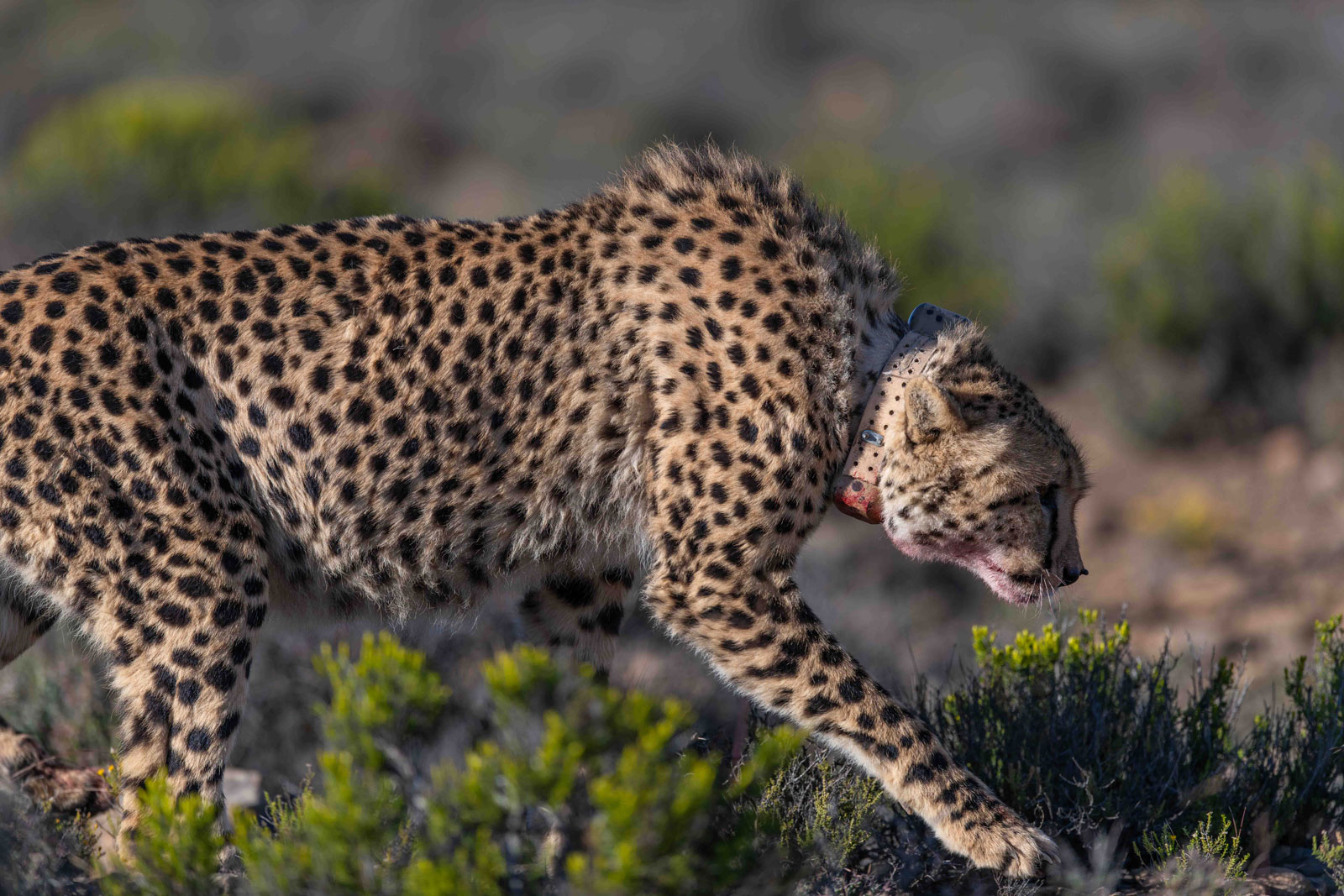
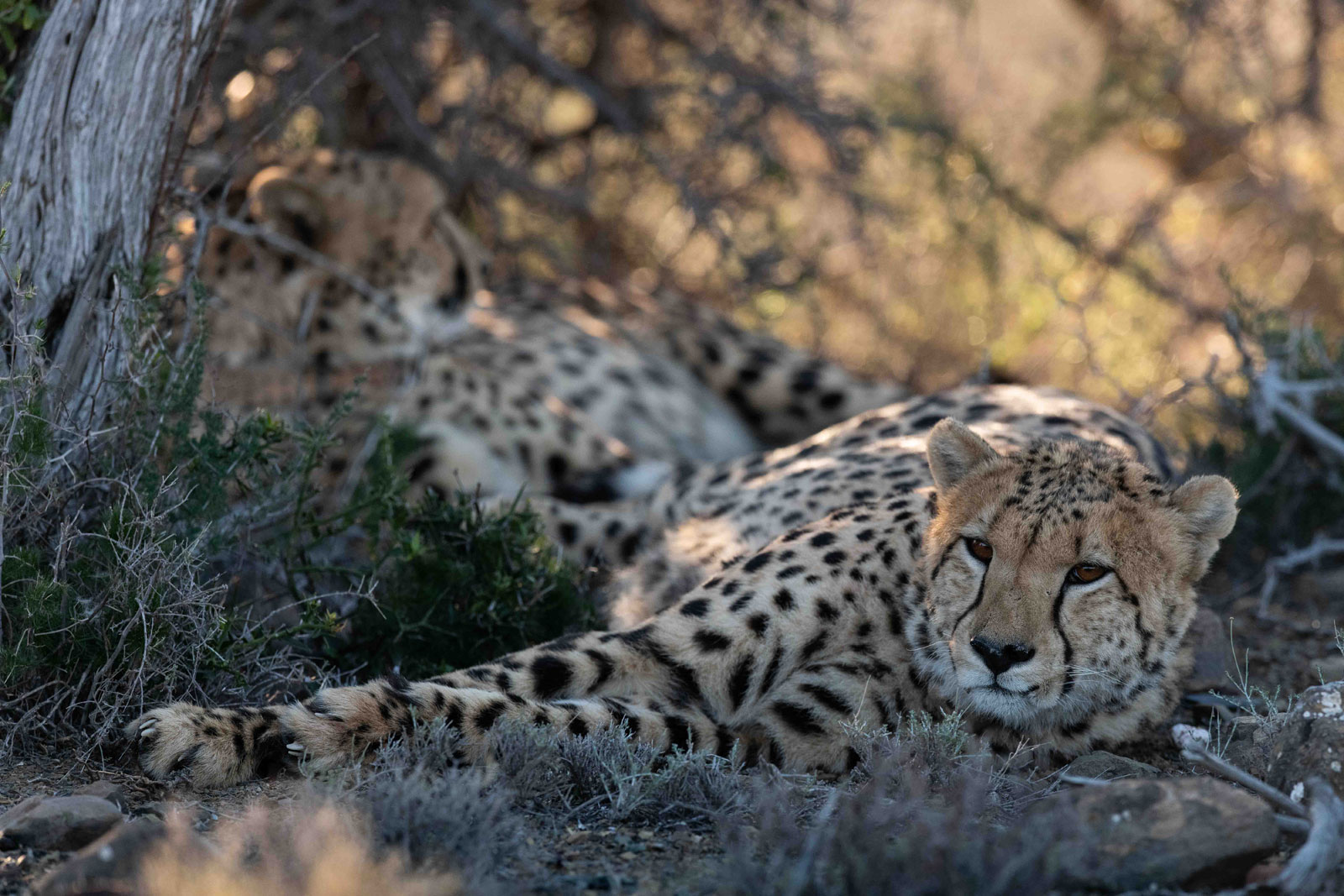
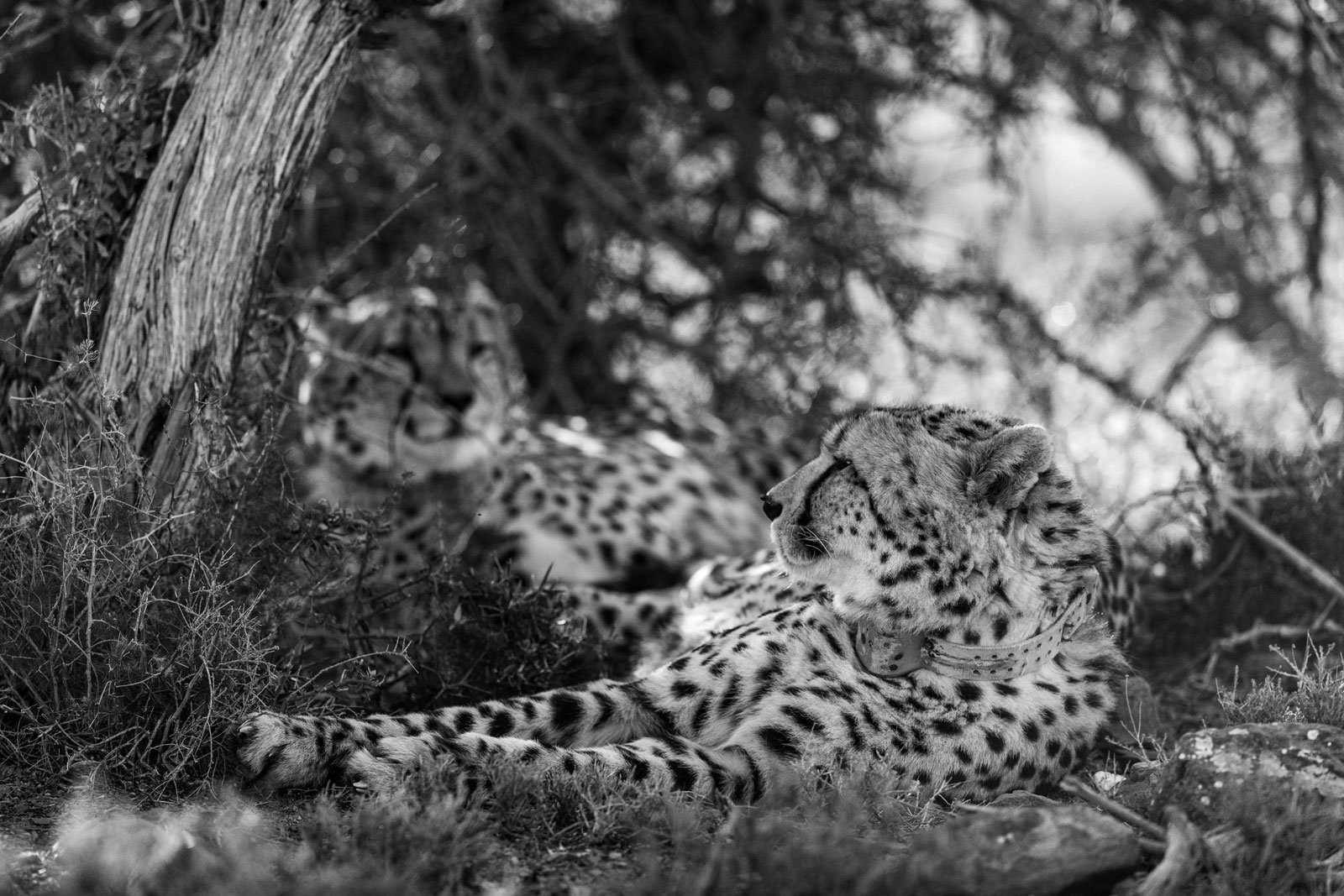
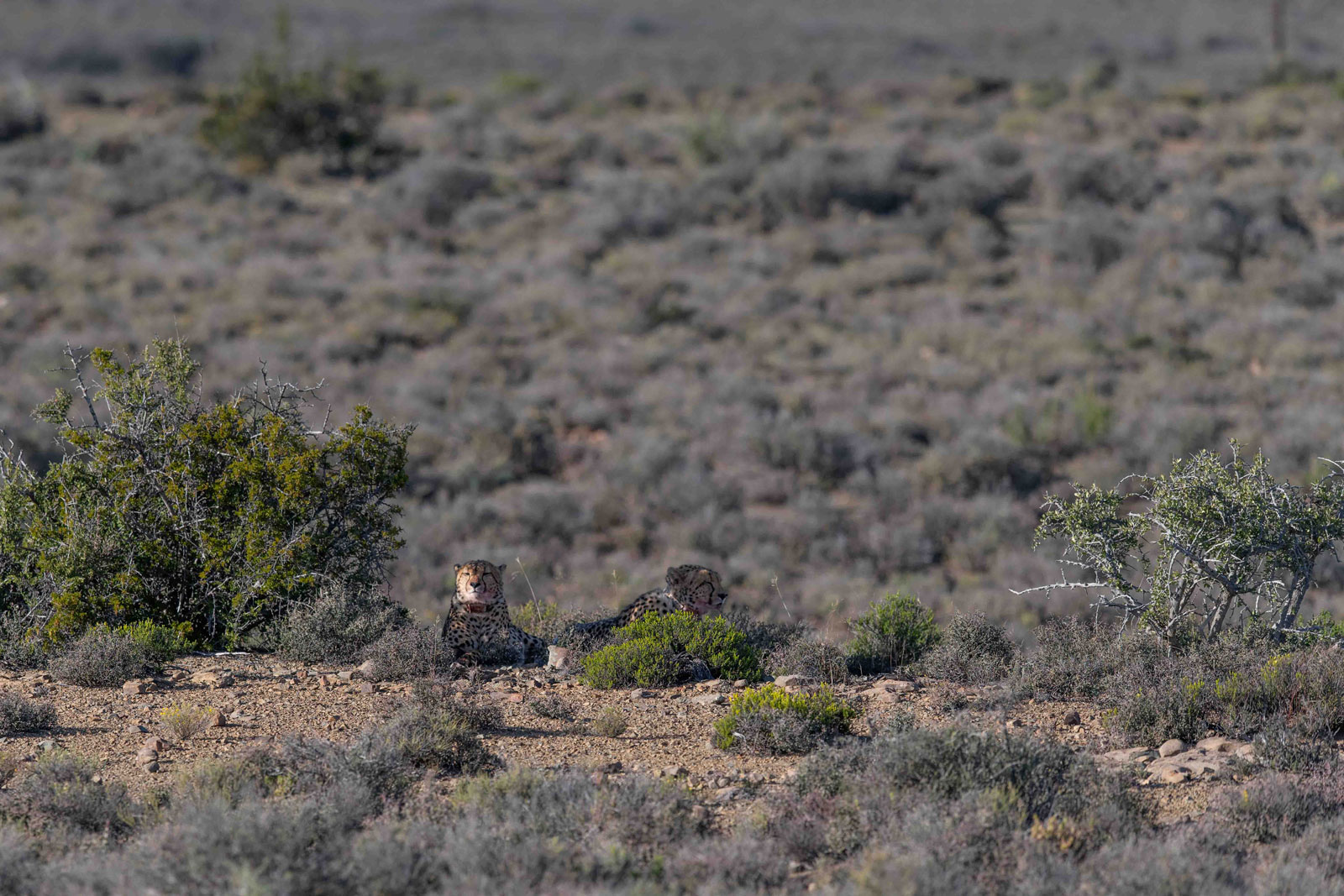
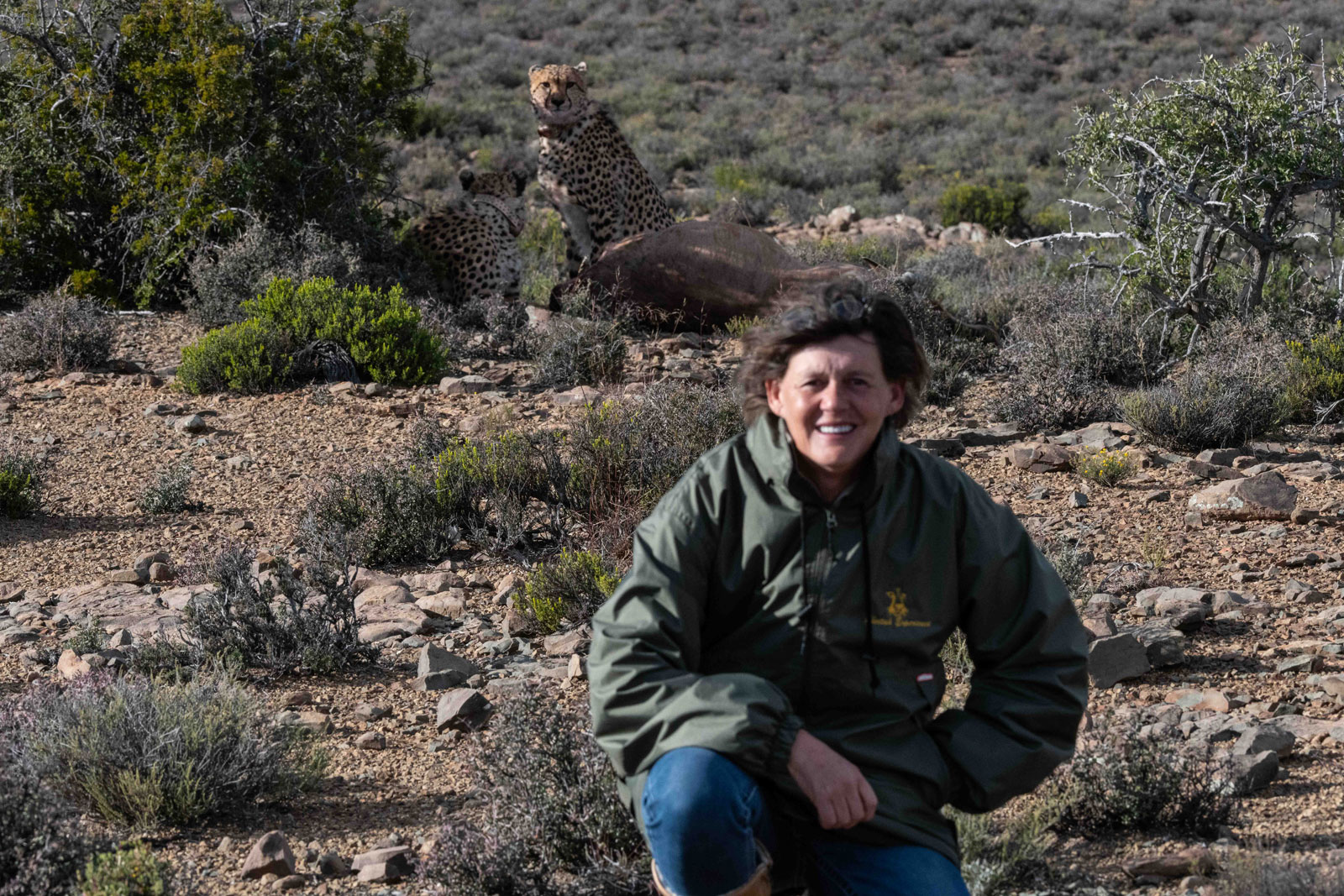
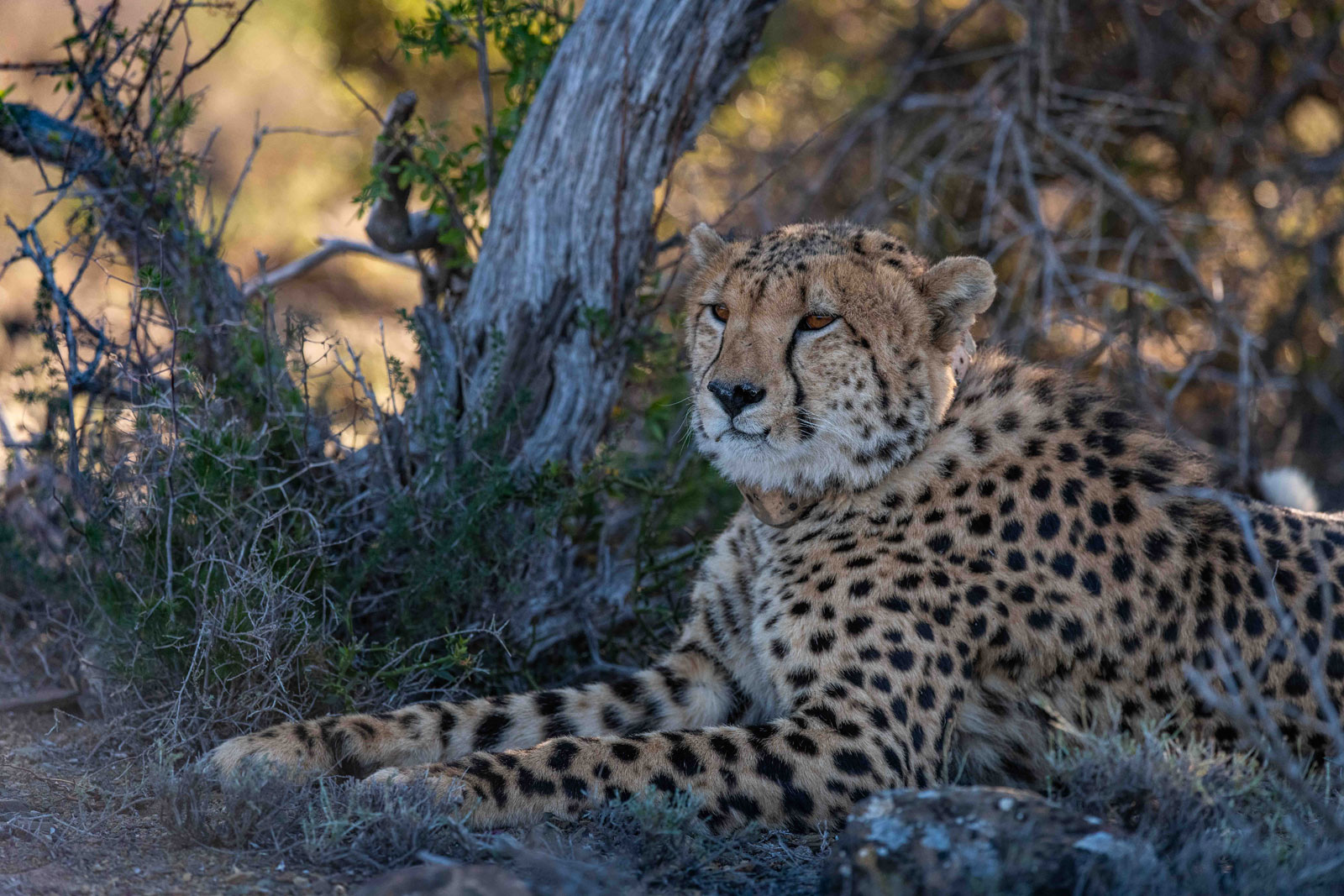
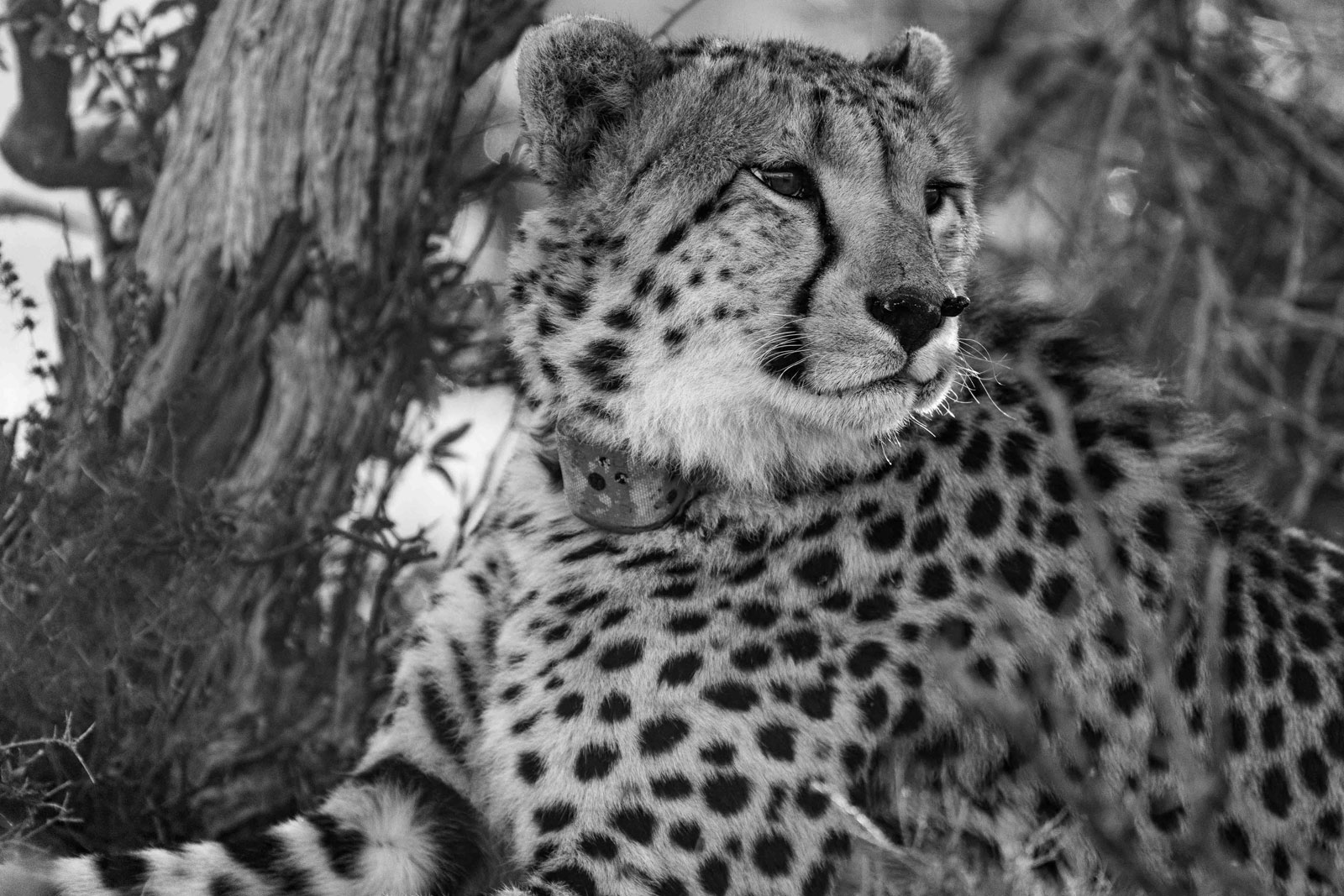
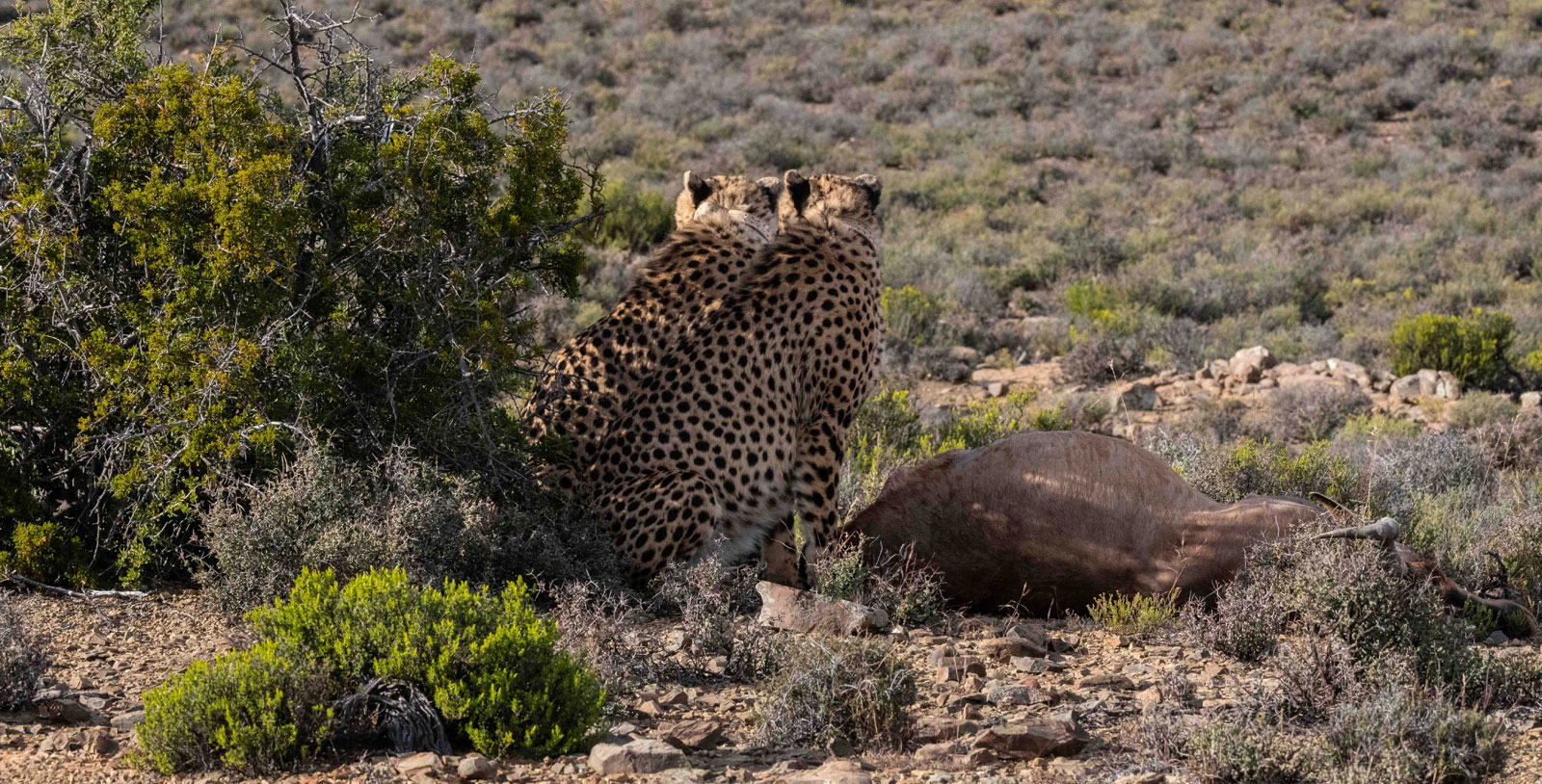
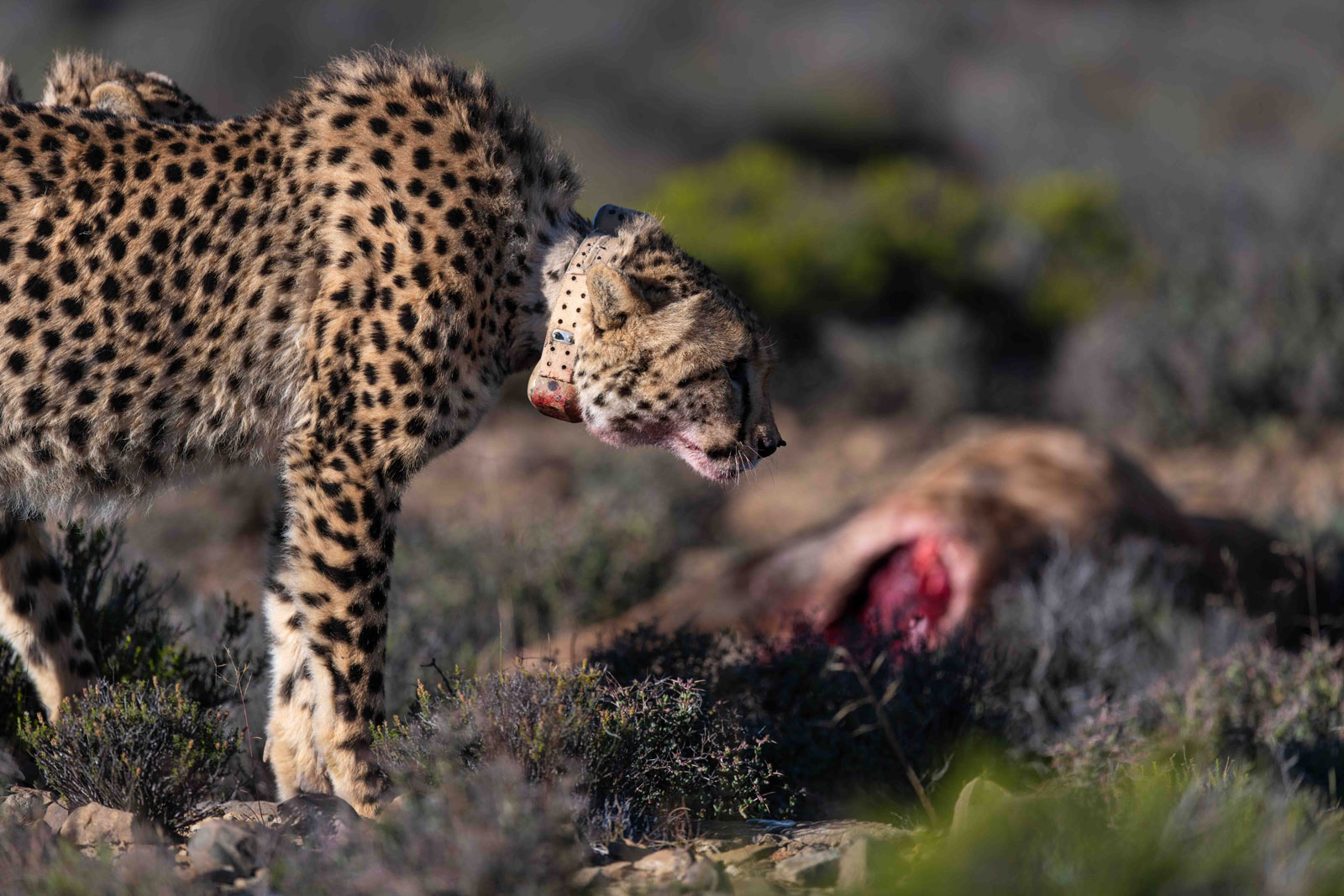
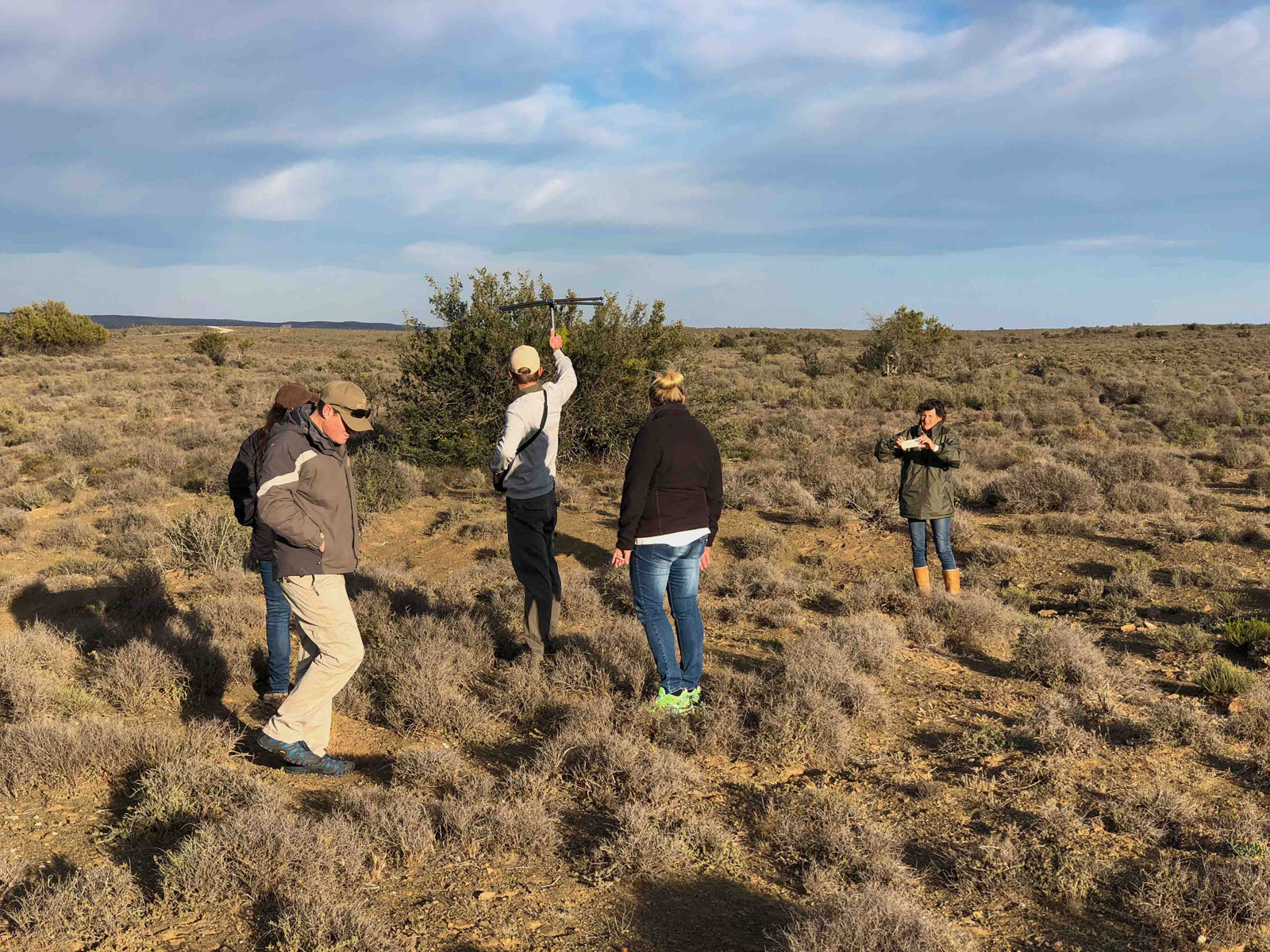
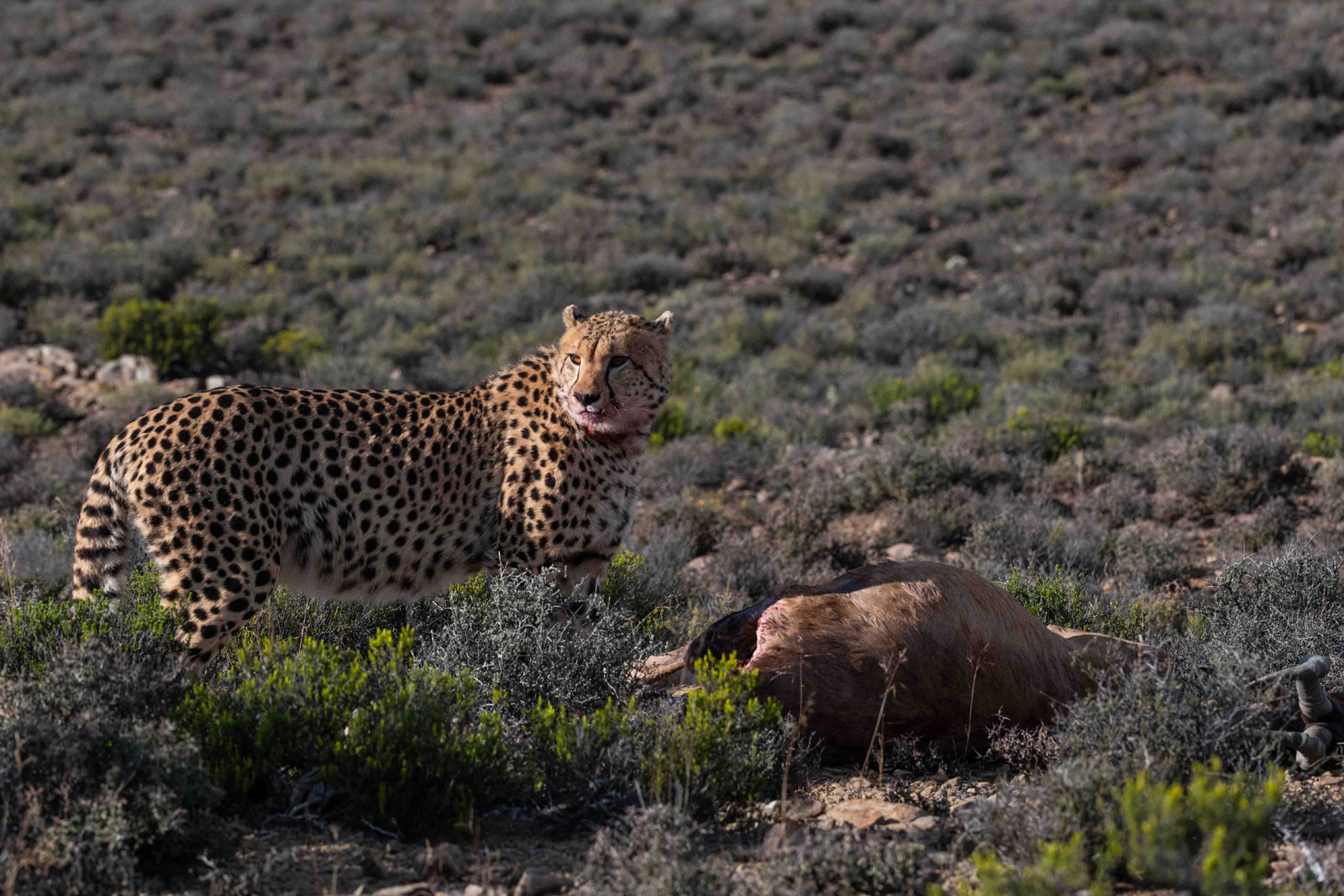
Leave a Comment